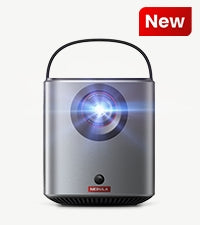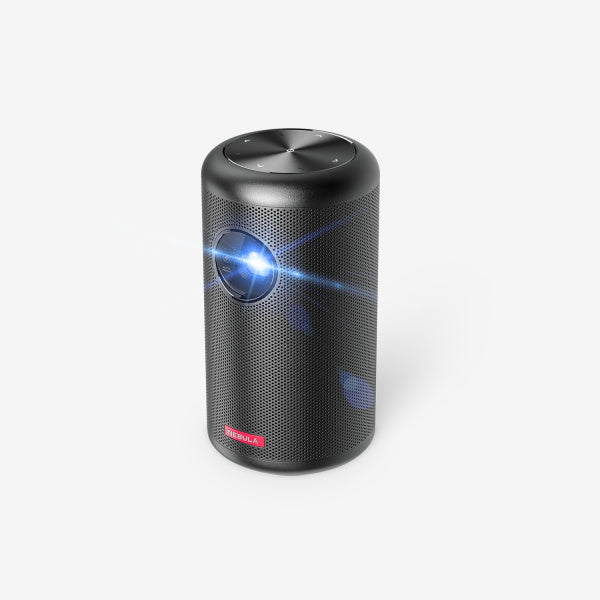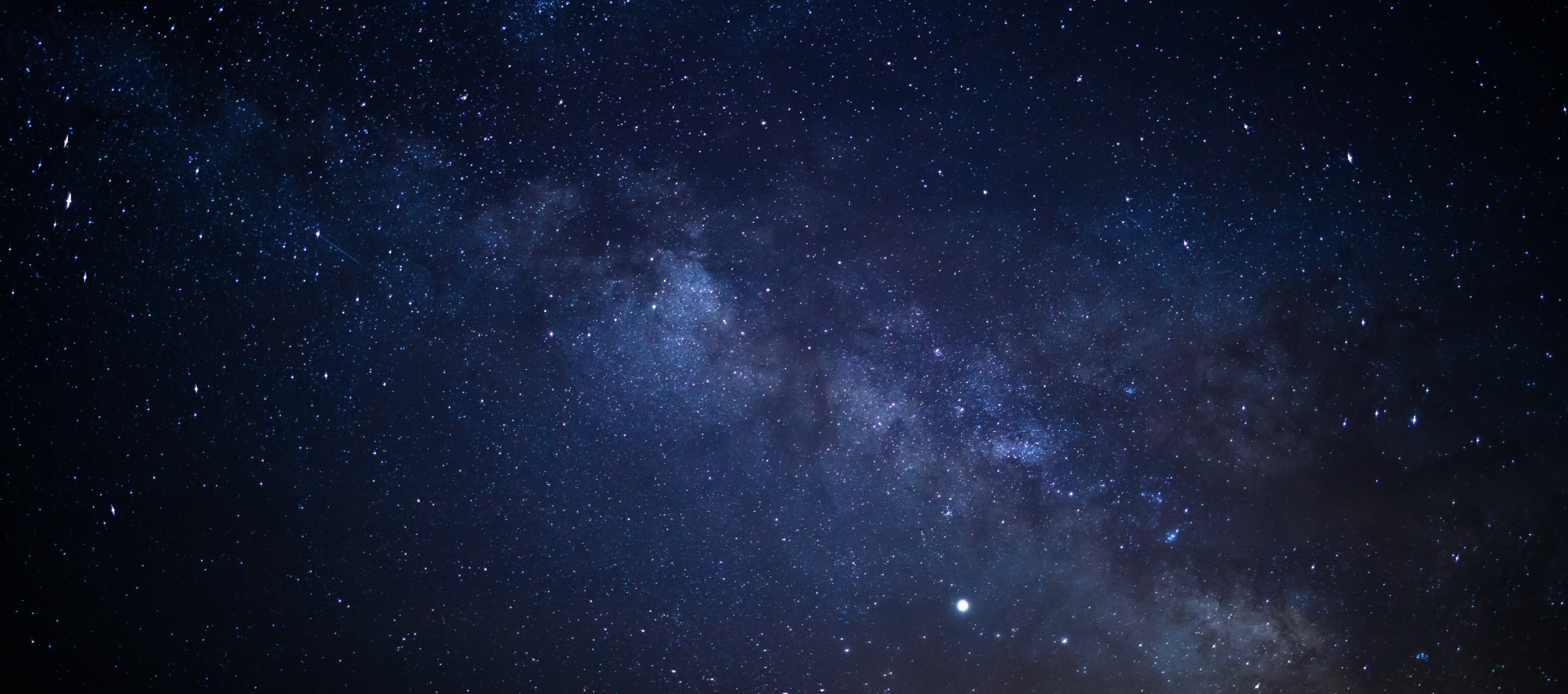outdoor movie night or event has a clear and vibrant display. But how do you determine how many lumens for outdoor projector?
In this article, we will explore different factors that can affect the number of lumens required for an outdoor projector.
Factors That Affect How Many Outdoor Projector Lumens Do I Need

Finding the perfect balance of brightness for your outdoor projector involves considering various factors. Let's dive into these factors and understand their impact on determining the right number of lumens:
- Lighting Conditions: This is one of the most crucial factors determining how many lumens are required for outdoor lighting. The amount of ambient light present will determine whether your projected image stands out or gets washed out.
- Screen Size: Another aspect that plays a role in determining the necessary number of lumens is the size of your projection screen. Larger screens require more lumens to ensure even illumination across the entire surface and maintain clear and vibrant images.
- Contrast Ratio: The contrast ratio of your projector also plays a role in determining how many lumens for outside projector are necessary. A higher contrast ratio can make images look more vivid and dynamic, allowing you to potentially use a lesser number of lumens.
- Nighttime or Darkened Spaces: If you're planning an outdoor projector at night, you can get away with using fewer lumens. In such cases, lower-lumen projectors will still deliver impressive image quality without being affected by external lighting conditions.
- Projector Technology: Different types of projectors employ varying technologies that affect their performance. For instance, LED projectors tend to display darker images compared to traditional lightbulb projectors with similar lumen ratings.
- Screen Material: Different screen materials have varying degrees of light reflection capabilities which directly affect perceived brightness levels. Choosing a highly reflective material can enhance overall brightness output.
- Projector Bulb Age: Consideration must also be given to the age of your projector's bulb or lamp. As bulbs age, they tend to dim over time. Therefore, older bulbs may
require more lumens to maintain the same level of brightness as when they were new.
-
Projector Settings: Lastly, keep in mind that projector settings play a significant role in luminosity requirements. Adjusting brightness levels on some projectors can help optimize image quality under different lighting conditions. This feature allows you to achieve optimal results by customizing luminosity output based on specific surroundings.

How Many Lumens for Outdoor Projector?
After understanding the various factors that impact the number of lumens needed for an outdoor projector, let's delve into a general guideline for different scenarios.
Best Lumens for Backyard Movie Projectors
- Ambient Light
Brighter environments necessitate projectors with higher lumen counts that can effectively compete with incoming light. For screenings planned during broad daylight, aim for projectors producing at least 2000-2500 ANSI lumens.
- Screen Size
The number of lumens needed for outdoor projector depends on the size of your projection screen as well. Generally speaking:
- For screens up to 100 inches diagonally (commonly used in backyard setups), a projector with 3,000 lumens is usually sufficient.
- For screens over 100 inches diagonally (like those used in large auditoriums or drive-in theaters), 5,000 to 7,000 ANSI lumens for outdoor project is recommended.
- Contrast Ratio
The contrast ratio of your projector also plays a role. A higher contrast ratio allows for better differentiation between light and dark areas on the screen, providing a more vivid and immersive viewing experience.
Best Lumens for Projectors at Larger Outdoor Events
For larger outdoor events or drive-in theaters that screen movies in the afternoon or early evening:
- Medium-sized Events (12 – 16 feet wide)
For medium-sized events or corporate gatherings with screens ranging from 12 to 16 feet wide, you'll need an outdoor projector with a bit more power. In this case, go for a projection device with at least 4,000 lumens.
Here are some reasons why higher lumen output fits these scenarios:
- Increased Ambient Light: Event venues often have higher levels of ambient light due to larger spaces or outside illumination sources. Having a brighter projector helps combat these conditions.
- Larger Screen Size: As the screen size increases, more luminosity is required to maintain visual clarity and sharpness throughout the projected image.
By opting for the best lumens for outdoor projectors of 4,000 lumens, you can deliver vibrant visuals even under significant external illumination.
- Larger-scale Events (Over 16 feet wide)
For massive events that involve massive screens measuring over 16 feet wide - such as music festivals or large-scale theater productions - you'll need high-powered projectors. In such scenarios, projectors with 6000 lumens or more are recommended.
Here's why higher lumen ratings are necessary for larger-scale events:
- High Ambient Light: Events of this magnitude often take place in open spaces or arenas where natural daylight and artificial lighting can be intense. Having a projector with a high-lumen output ensures that your projections are visible even in bright conditions.
- Enormous Screen Size: With screens measuring over 16 feet wide, it becomes critical to have a projector that can effectively illuminate the entire surface area. Higher lumens help create sharp, detailed images that can captivate large audiences.
How Many Lumens for Outdoor Projector at Night?

An entry-level projector with 300 lumens might be sufficient if you intend to use it mostly at night. The clearer and sharper the image, the more lumens you need, around 2000-2500 ANSI. During the nighttime, this should be enough to give you a clear and visible projection.
How to Calculate How Many Lumens Are Needed for an Outdoor Projector
To accurately calculate the number of lumens r
plan on screening content during broad daylight, aim for a projector that produces at least 2,000-2,500 ANSI lumens to ensure sufficient brightness. Conversely, in a darker setting, you might be able to use a projector with fewer lumens.
- Ambient Light
Measure the amount of natural and artificial light in your surroundings as it will directly impact how many lumens your outdoor projector needs to produce. If you plan on screening content during broad daylight, aim for a projector that produces at least 2,000-2,500 ANSI lumens to ensure sufficient brightness. Conversely, in a darker setting, you might be able to use a projector with fewer lumens.
- Screen Size
The size of your screen plays a significant role in determining lumen requirements. The larger the screen area, the more lumens will be necessary to maintain consistent image quality across its entirety. Take this into account when selecting an appropriate projector.
- Foot-Lamberts Calculation
To calculate foot-lamberts, you can use the following formula: Foot-lamberts = Lumens / Screen Area (in square feet). By using this formula and taking into consideration your projector's lumen output and screen dimensions, you'll be able to determine the levels of brightness your projection will achieve.
For instance:
For example, let's say you have a screen that measures 16 feet wide by 9 feet high, and you're using an outdoor projector with a rating of 2000 lumens:
- Lumens = 2000
- Screen Area = 144 (16 x 9)
To calculate foot-lamberts:
- Foot-lamberts = Lumens / Screen Area
- Foot-lamberts = 2000 /144
- Foot-lamberts ≈ 13.9
This gives us approximately 13.9 foot-lamberts, which falls within the recommended range of optimal viewing between 12 to 22-foot lamberts. You should be able to achieve satisfactory image quality.
Recommended Foot-Lamberts for Various Viewing Environments:
- Cinema Standard: For traditional movie theaters, the Society of Motion Picture and Television Engineers (SMPTE) recommends a luminance level of 16 foot-lamberts in a dark movie theater.
- Home Theater: In a controlled environment like a dark home theater, a level between 12 to 22 foot-lamberts is often recommended.
- Outdoor Viewing: For outdoor settings, where there might be more ambient light, achieving the higher end of the recommended foot-lambert range (or even exceeding it) may be necessary to ensure the image is clearly visible. This means you might need a projector with a higher lumen output or a specialized outdoor screen to counteract the effects of ambient light.
- Rooms with Ambient Light: In rooms with some ambient light, you'll want to aim for a higher foot-lambert value, often around 30 to 50 fL, depending on the amount of light present.
Conclusion
Choosing how many lumens for outdoor projector ultimately boils down to lighting conditions, screen size, contrast ratio, and image clarity. While 3,000 lumens is often a good starting point for backyard movie projectors, more intense luminosity is often needed during daytime viewing.
FAQ
What Is the Best Projector for Outdoor Daytime Use?
When it comes to outdoor daytime use, one of the brightest outdoor projectors is the Nebula Mars 3 outdoor projector. This device offers high brightness levels combined with excellent resolution capabilities. These features work together to provide clear and vivid images even under broad daylight conditions.
What Is the Difference Between an Indoor and Outdoor Projector?
The main difference between indoor and outdoor projectors lies in their brightness levels due to the varying circumstances they need to accommodate.
Outdoor projectors typically feature higher brightness levels compared to indoor counterparts. Lumens for outdoor daytime projectors must be bright enough to
compete with natural daylight outside. These projectors are also built to be durable, so they can withstand harsh weather environments or outdoor exposure.
On the other hand, indoor projectors usually exist in controlled lighting environments like living rooms, classrooms, and conference halls. When confronted with external daylight extremes like those faced by outdoor projector setups, these projectors require lower luminosity.






























